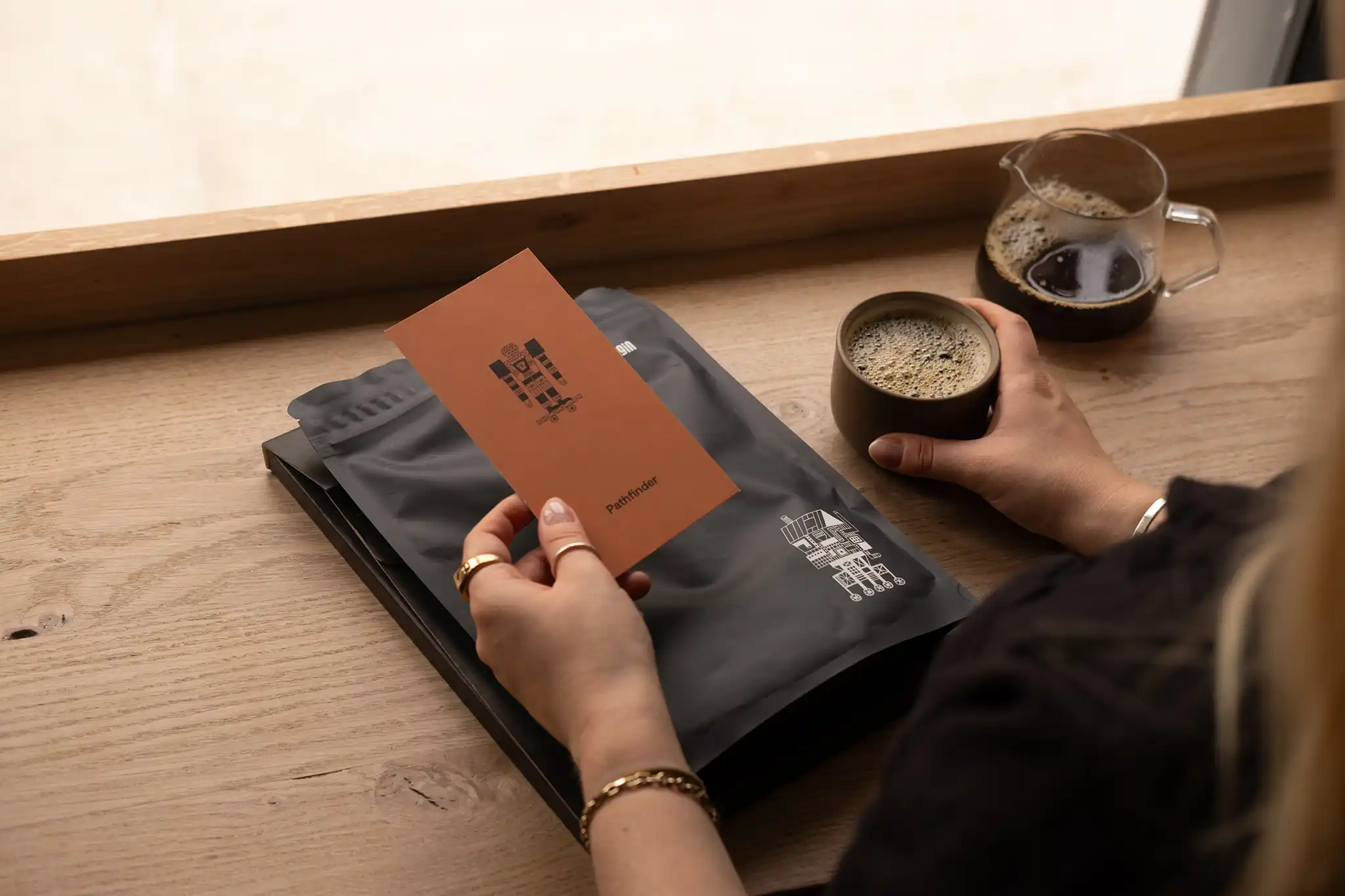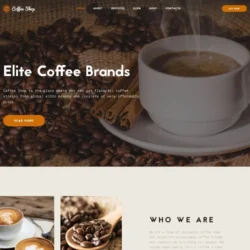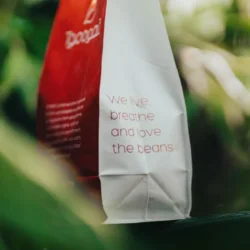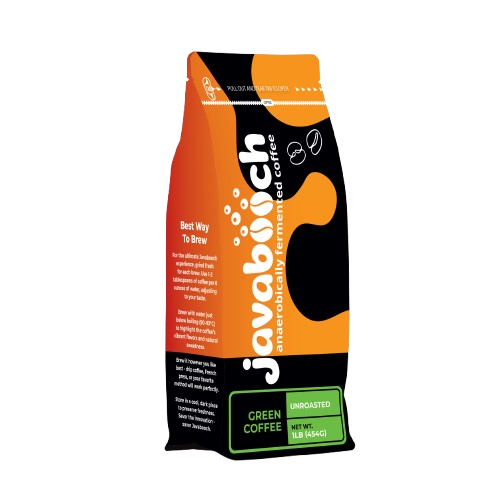In the coffee world, your packaging speaks before your product does. It’s your silent salesman on the shelf and your brand’s handshake online.
Good coffee may win loyalty. But great packaging wins attention.
If you want your brand to stand out in a saturated market, this post will show you how to craft packaging that’s not just pretty—but unforgettable.
1. Start with Your Brand Story
Before you pick colors or fonts, answer:
- Who is your brand for?
- What emotions do you want it to evoke?
- What’s your coffee’s origin story?
✅ Your story should drive every design choice.
📌 Example: If your brand supports women-led farms in Rwanda, your packaging should reflect empowerment, culture, and authenticity—not just style.
2. Make Shelf Impact a Priority
On a shelf—or in an Instagram scroll—you have less than 3 seconds to grab attention.
Your packaging should:
- Stand out in color, shape, or typography
- Be easily readable at a glance
- Have a unique silhouette or material (if budget allows)
🎯 Martin’s tip: Design like your product is sitting beside Starbucks and Blue Bottle. How will it stand out?
3. Choose a Format That Matches Your Brand & Budget
Common coffee packaging types:
- Stand-up pouch (most popular, cost-effective)
- Box + bag (premium brands)
- Glass jar or tin (great for sustainability-focused brands)
👜 Think about:
- Ease of storage
- Freshness (valves & reseals)
- Shipping weight
- Printing costs
Bonus: Consider compostable or recyclable materials to align with eco-conscious values.
4. Design With Retail and E-Commerce in Mind
Your packaging should shine in two environments:
- Physical shelves: Bold front panel, logo, and roast level easily seen
- Online photos: Clean mockups that show texture, color, and label clearly
📸 Invest in professional product photography—it pays for itself with conversions.
5. Label Essentials: Clarity Over Cuteness
You don’t have to list every single thing, but your label should answer:
- What’s inside? (Name + roast level)
- Where’s it from? (Origin + region or farm)
- What makes it special? (Process, tasting notes)
- How much? (Weight, grams/oz)
- Who made it? (Your brand name + story blurb)
💡 Keep text readable. Use hierarchy (size/weight) to guide the eye.
6. Use Color to Build Brand Memory
Color psychology works—even in coffee. For example:
- Black or dark brown: Bold, strong, premium
- Earth tones: Natural, sustainable, artisan
- Pastels or bright tones: Playful, young, creative
🎨 Choose 2–3 consistent brand colors and use them everywhere—packaging, website, social media, merch.
Martin’s Rule: Own your palette like a signature scent.
7. Don’t Forget the Back (That’s Where You Sell)
Front attracts, but the back label is where the relationship builds.
Include:
- Brewing tips (helps beginners)
- Farm or origin story
- Certifications (organic, direct trade)
- QR code to a video or brewing playlist
📲 Interactive packaging = deeper engagement.
8. Use Fonts That Match Your Brand Voice
Fonts aren’t just letters—they tell your brand’s personality:
- Serif fonts: traditional, premium, established
- Sans-serif fonts: modern, clean, minimal
- Handwritten or script: personal, artisanal, expressive
🔤 Avoid more than 2 font families. Keep headlines bold and legible.
9. Tell a Bigger Story Across Variants
If you have multiple roasts or origins:
- Use a common template with slight variations
- Change color bands, icons, or illustrations per roast
- Add unique taglines or quotes for each bag
🌍 Treat each product like a chapter in your coffee journey.
10. Work With a Professional (It’s Worth It)
Packaging is one area you shouldn’t DIY if you want real shelf presence.
Work with a designer who:
- Understands the coffee industry
- Knows packaging print specs (bleed, CMYK, dielines)
- Can design for both digital and print
✅ Need help? Martin Kabaki offers brand and packaging consulting for new coffee startups.
Final Thoughts
People judge your coffee before they ever taste it.
With standout packaging, you communicate quality, story, and trust in an instant.
Get your packaging right, and customers won’t just buy once—they’ll come back, take photos, and share your brand like it’s their own.




